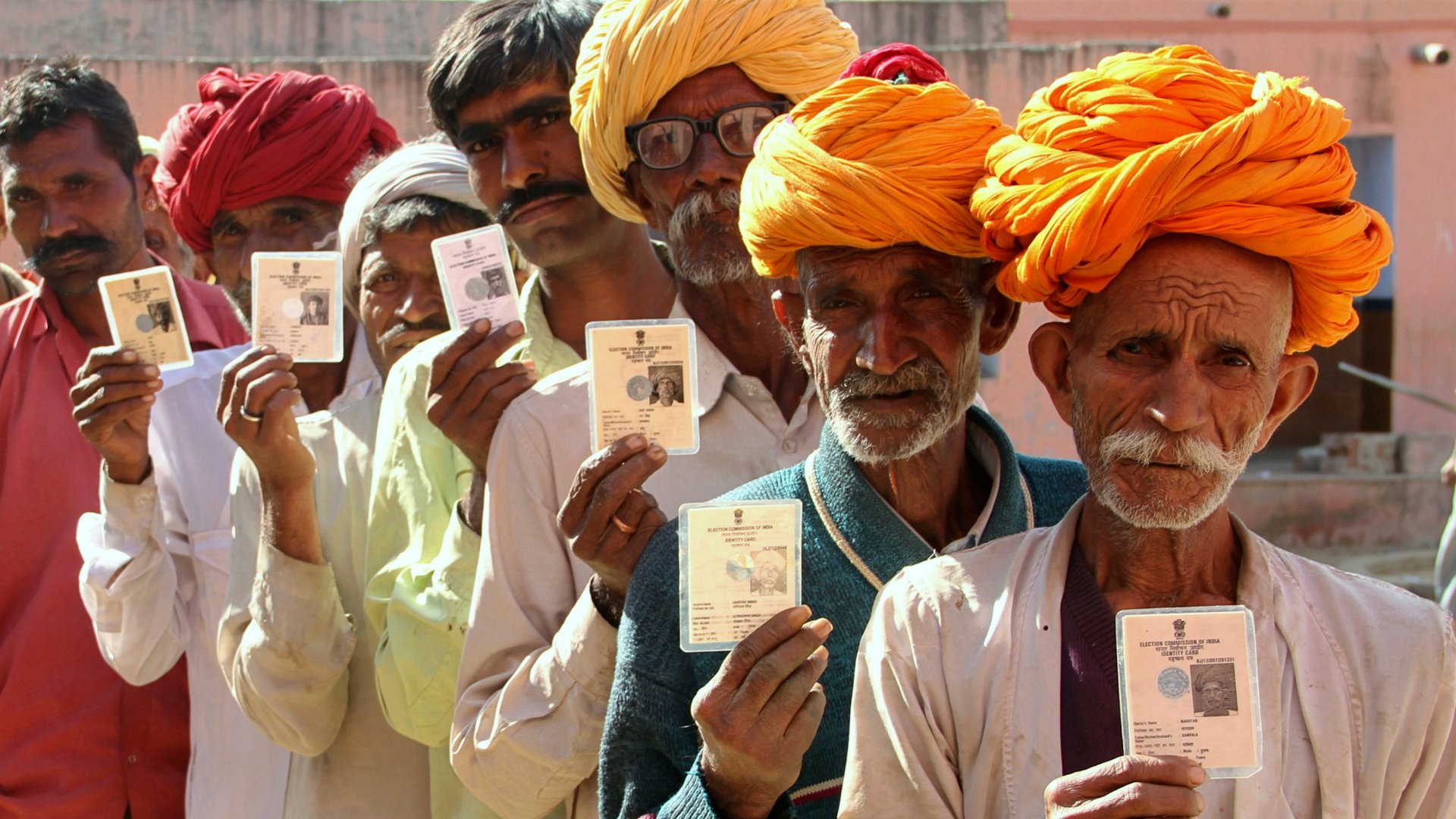New bank licenses up for grabs in India present enormous opportunity and huge hassles
Twenty-six companies have put their names in the hat for India’s first new banking licenses in a decade.


Twenty-six companies have put their names in the hat for India’s first new banking licenses in a decade.
Some of the big competitors include Tata Sons, the holding company of India’s largest conglomerate, and companies owned by billionaires Anil Ambani and Kumar Mangalam Birla. They will battle a motley bunch of hopefuls, including the state-run postal department, two micro-finance firms, and an alliance led by former Citigroup CEO Vikram Pandit.
India hasn’t revealed how many licenses it will grant, but the opportunity is potentially enormous. Only 35% of Indian adults have formal bank accounts, leaving 600 million or so potential new customers. Even still, the number of applicants for bank permits is down sharply from previous decades. In 1993, the central bank received 113 applications; in 2003, there were 100 hopefuls. Tough regulations and an uncertain operating environment seem to have kept away many firms this time around.
The licenses are being issued with the stated goal of bringing more people into the fold of India’s financial system. One in four new branches must be in rural areas, where banking is less common (and less lucrative). Currently, only 6% of the country’s 600,000 villages have access to commercial banking services.
New banks will also be required to meet higher capital standards and reserve ratios. They will have to park 4% of the deposits they collect as cash with the Reserve Bank, and invest another 23% in government bonds.
The holding companies of the new banks will also face many restrictions, which Fitch Ratings believes will make it difficult to attract to capital in the short term:
The new banks are required to list publicly within three years of operation. This timing may coincide—if new banks commence operations within the next two years—with the bulk of the additional Basel III core capital requirements, which are largely back-loaded for the Indian banking system. Over three-quarters of the transitional capital needs arise in 2016-2018, and many of the banks will need to access the capital markets for equity to comply with the rules. Capital challenges and stiff competition mean that only the serious new entrants are likely to survive.
Just how many licenses will be issued is anybody’s guess. The RBI issued 10 licenses in 1993, and just 2 in 2003. So it is likely that most of the applicants this time around will face rejection. Those who miss out may just be the lucky ones.